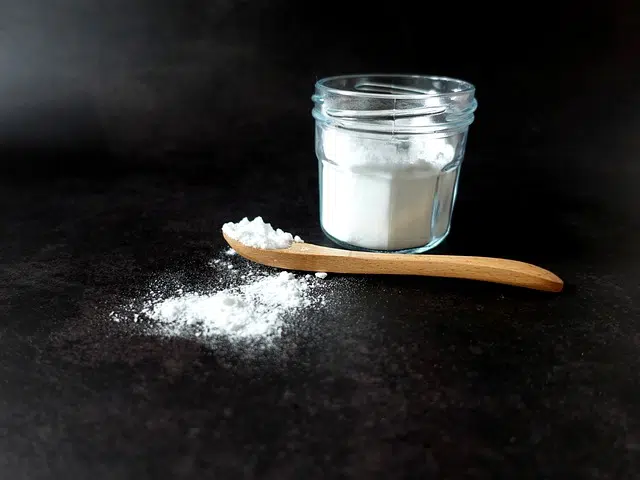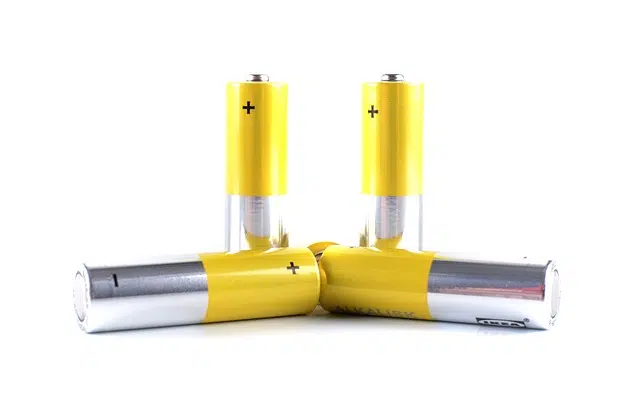
An alkaline is made up of alkalis such as sodium or lithium.
The adjective alkaline is used to describe that which has alkali . An alkali, on the other hand, is a metallic hydroxide that acts as a strong base and has great solubility when in water.
Going a little further with the definition, we must keep in mind that a hydroxide is a compound that is formed by the union of the OH- anion with a radical or a chemical element .
Concept of alkaline
Alkalines, therefore, are composed of the hydroxides known as alkalis. These are six elements: francium , cesium , rubidium , potassium , sodium and lithium . These alkalines can be identified on the periodic table within group 1A .
Each alkaline has a single electron in its outer energetic shell. Due to the low ionization energy and reduced electron affinity, alkalines tend to lose said electron, forming a monopositive ion .
In nature , alkalines cannot be found as free elements, but rather they always appear in combination.

An alkaline battery contains potassium hydroxide.
Some of its properties
Among the properties of alkalines , we can highlight the following:
* effectively conduct electricity and heat;
* When in contact with oxygen and water, they react immediately;
* they form hydroxides when they react with water ;
* the silver color and shine of a metal can be seen when they are melted or cut;
* these are metals of low density;
* its color is silver-white;
* their melting points are low and decrease as we go down the group;
* they are soft metals;
* From a chemical point of view, they are the most reactive metals. For this reason, they are not found in nature in a free state, but generally appear as salts.
alkali metals
When looking at the periodic table, we notice that the first element is hydrogen, which we represent with the letter H. It is one of the rarest on the list, due to having only one electron in all its shells. Precisely, it is not easy to assign this element to a group , since on the one hand it brings together all the properties that characterize alkali metals, such as having an extra electron, but also of halogens, due to not having enough number. of electrons to present the configuration of a noble gas.
Lithium , on the other hand, is the third element and is a proper alkali metal, with an oxidation number +1 . In its cortex , it has three electrons; in its first layer, with two and in the second, with one. It was discovered at the beginning of the 19th century and is the lightest solid metal in the world . Its melting point is low, it is soft and, like a good alkali metal, it is very reactive. Currently, lithium is abundant on our planet and several of its properties make it more similar to the group of alkaline earth metals, which include magnesium, calcium and beryllium.
With respect to sodium , we can say that its atomic number is 11, the number of electrons that are distributed in its shell. In proportion to the other alkali metals, it is the fourth most abundant on Earth, and is found especially in sea salt. When exposed to more than 40°C, it burns.
A type of battery
An alkaline battery is one that uses potassium hydroxide as an electrolyte , generating a chemical reaction between manganese dioxide and zinc that allows it to obtain energy .
Saline batteries , on the other hand, use zinc chloride or ammonium chloride as the electrolyte, although they all provide the same nominal voltage.
